Today’s leg in Route to Christmas is a very interesting Runners’ Choice challenge from Sprintliga Oslo, with extensive analysis provided by Oskar Størmer.
In my opinion this is how a Knock Out Sprint can be made truly interesting, both for athletes and TV. Future course setters and stake holders: Take a good look at this and read Størmer’s interesting analysis, and also his approach for solving the Runners’ Choice challenge in the 30 seconds available ahead of the start. With an analysis as Størmers’ available for TV commentators and nice graphical representation, this can work very well. The key here is a quite simple single-control Runners’ Choice where the main challenge for the athlete is to find the best overall routechoice from the first to the last control.
To take the Runners’ Choice challenge the proper way, first use 30 seconds to choose one of the three alternatives A, B or C below. Then you can afterwards choose your routechoice in the usual way.
After chosing A, B or C, you may now take a look at the leg and think about how you would attack this leg (if the image is too small, you may click on it to get it larger):
Location
You find other maps from the area in omaps.worldofo.com here. See also latest additions in 3DRerun from this area in order to learn more about this terrain type.
Webroute
Next you can draw your own route using the ‘Webroute’ below. Think through how you would attack this leg, and draw the route you would have made. Some comments about why you would choose a certain route are always nice for the other readers.
Then you can read Strørmer’s analysis of the leg:
My aim when setting this Runner’s Choice (RC) was to not only make the choice between A, B and C matter, but to make the route choice on the chosen alternative decisive. The best route choices for the alternatives A, B and C are respectively 686 m, 697 m, and 649 m (measurements are provided by Niklas Profors; thanks a lot to Profors for this). We see that C is shortest, followed by A, which is 36 m longer. The longest alternative is B, since the artificial barriers force you to run into the middle between the two large buildings.
My aim when setting this Runner’s Choice (RC) was to not only make the choice between A, B and C matter, but to make the route choice on the chosen alternative decisiv
Runners Choice A: Shortest is 686 m, longer is 709 m.
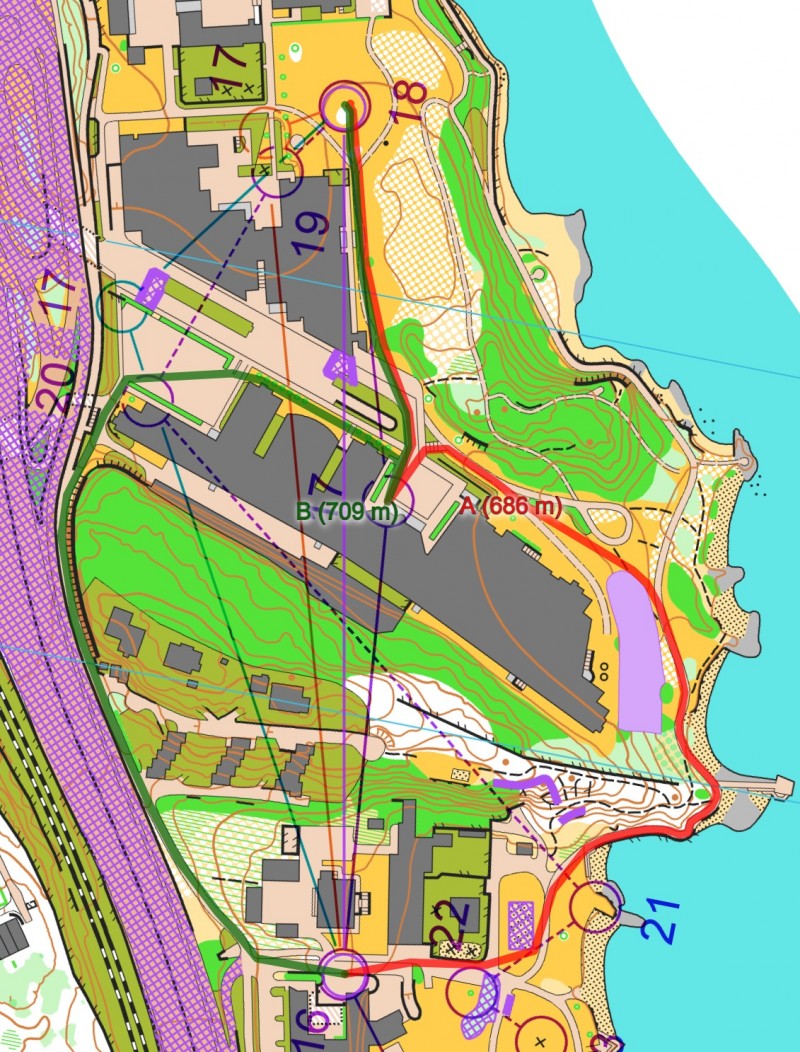
Runners Choice B: Shortest is 697 m, two longer variants possible.
Runners Choice C: Shortest is 649 m, longer is 691 m.
The statistics for all the runners, both men and women, with and without GPS, show that 19 % chose A, 26 % chose B and 55 % chose C. Because the RC legs were relatively late in the race, mistakes made during the RC were in most cases crucial for the end result. For example we see that of the runner’s with GPS tracking that chose C, the shortest alternative, 27% chose the wrong route choice. This leads to a larger time loss than choosing the best route choice on the second best RC alternative. Over all, approximately 40 % of all runners chose the best route choice on the best RC alternative. The men’s A final was won by Mats Eidsmo, after he alone ran the shortest route choice on alternative C while the rest of the runners chose to run south along the sea.
See below for the choices (based on GPS-time) for GPS-tracked runners, first men:
Then women:
Personally, my preferred approach to RCs like this one, with few controls, is to view it as a single long leg with route choice alternatives from the first to the last control. Find the few fastest alternatives on this single long leg and adjust each of them by the extra distance it takes to run to the control(s) of the closest RC alternative. Compare these and choose the fastest one! This may sound like a very analytical way to do RC where you only have 20-30 seconds to choose, but it is what has worked best for me when training on RCs without too many controls. It is better to have a plan for how to do the RC, rather than going for what “feels” best.
Density map
See below for a density map of some of the ones who have drawn their routes so far (available during the day when some readers have drawn their route).
Additional information
You find the complete map in omaps.worldofo.com at this location.
Route to Christmas series
The Route to Christmas series is a pre-Christmas tradition at World of O – giving the readers the opportunity to do one Route Choice Challenge each day from December 1st until December 24th. If you have got any good legs in GPSSeuranta or 3DRerun from 2020-competitions, or old forgotten ones which are still interesting, please email me the link at Jan@Kocbach.net, and I’ll consider including it in Route to Christmas if it looks good. Route to Christmas will not be interesting if YOU don’t contribute.
Not all legs are taken for the interesting routechoice alternatives – some are also taken because the map is interesting – or because it is not straightforward to see what to do on a certain leg. Any comments are welcome – especially if you ran the event chosen for todays leg!
 World of O News
World of O News
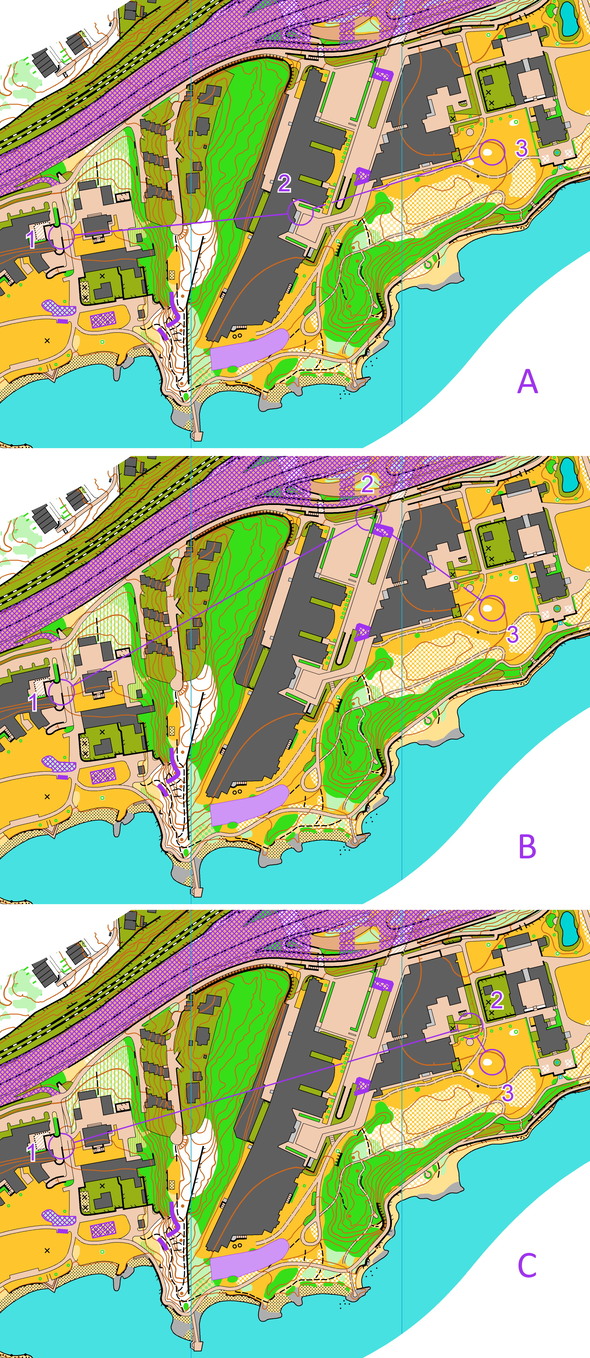
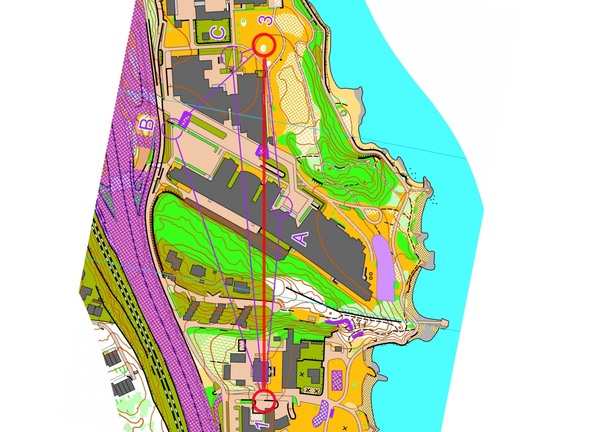
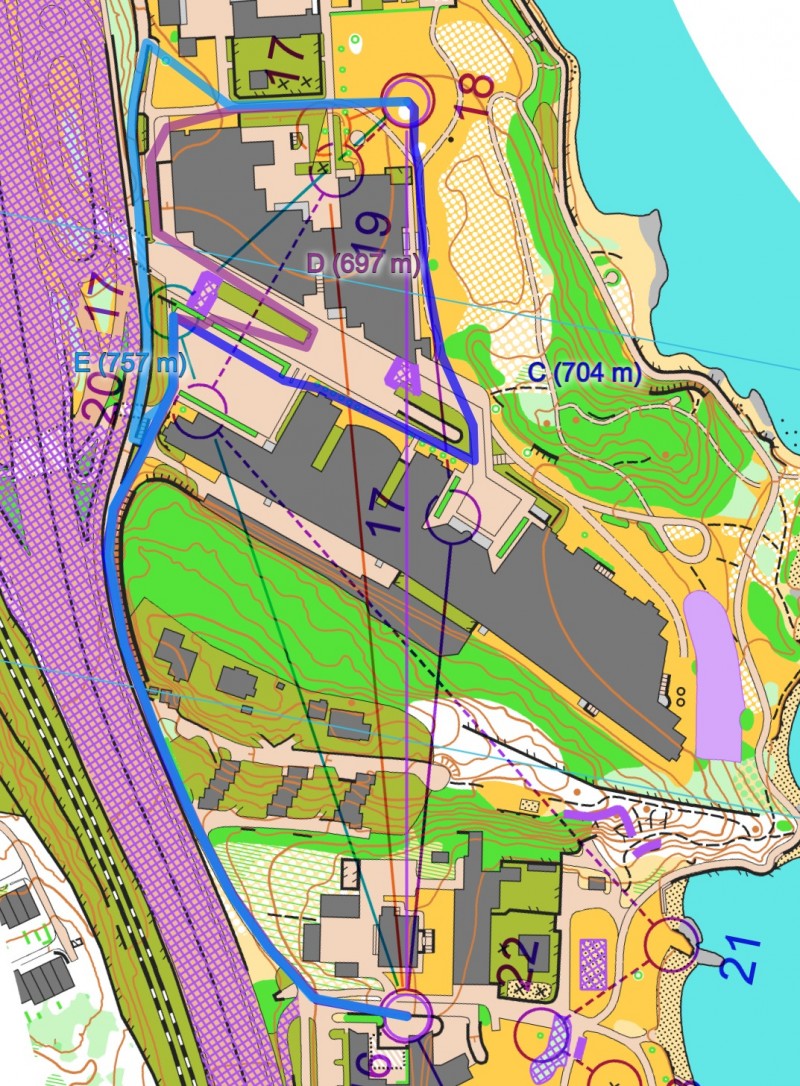
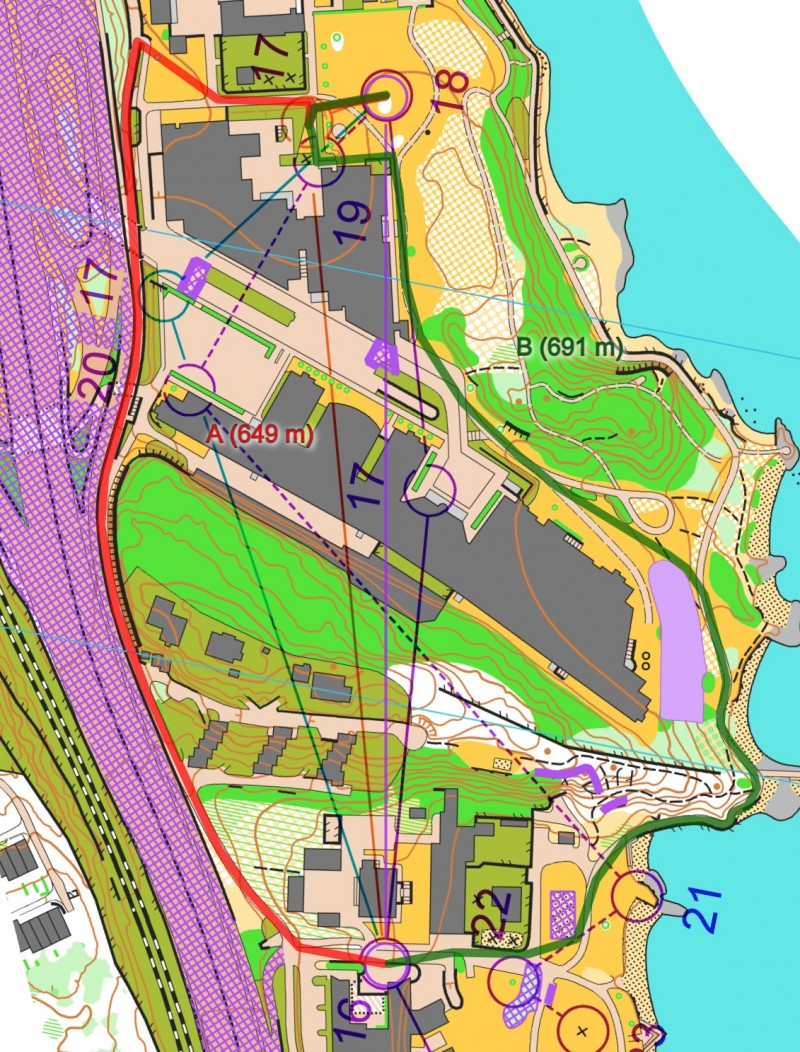
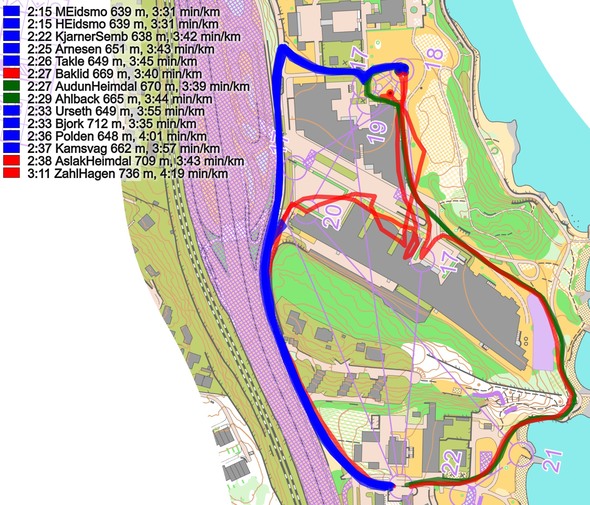
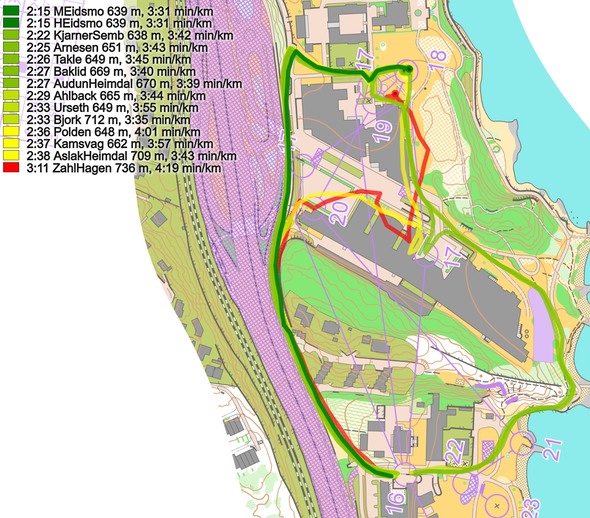
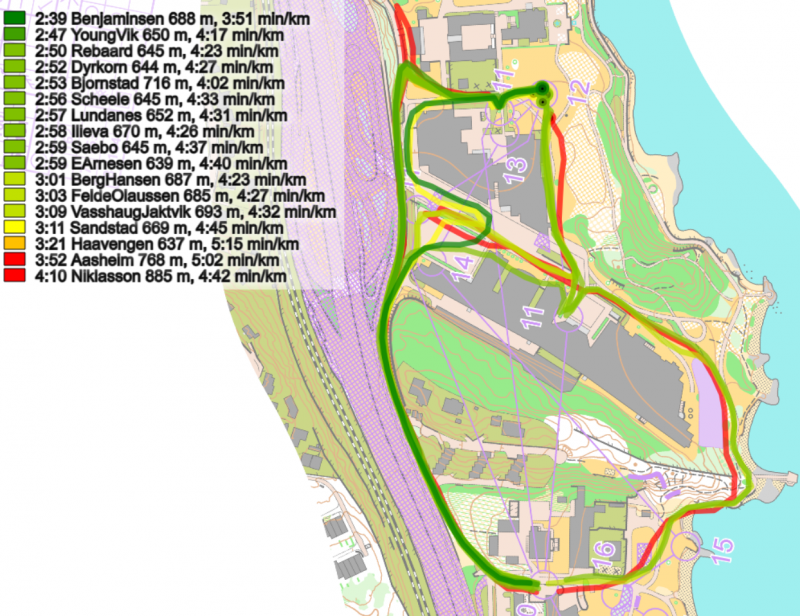
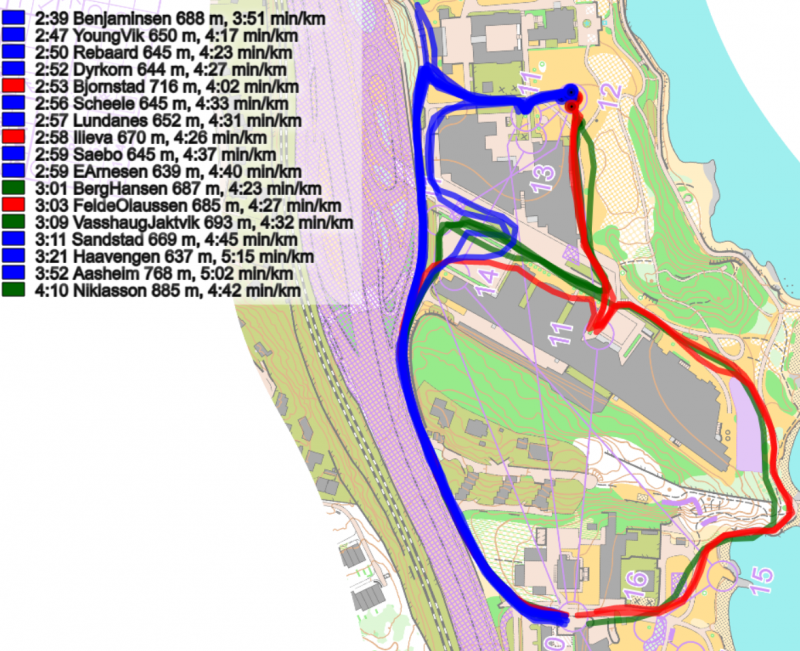
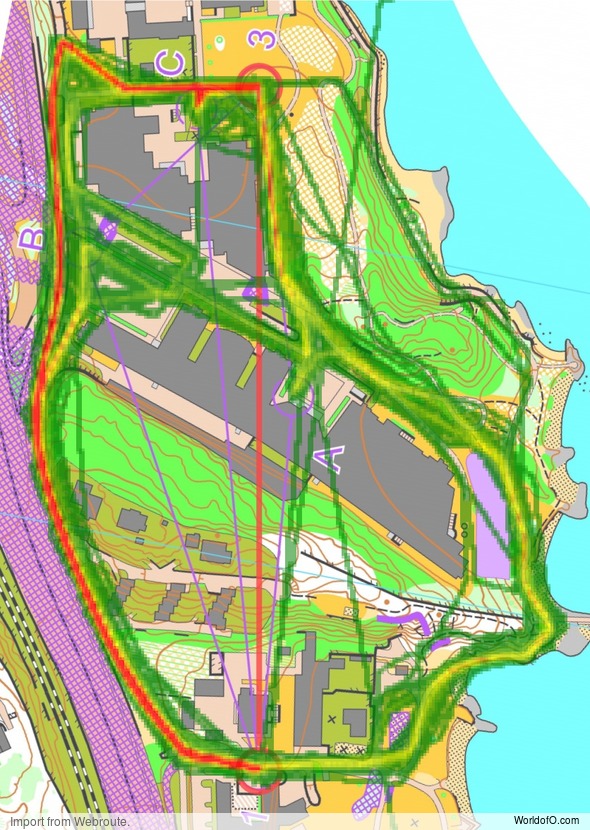
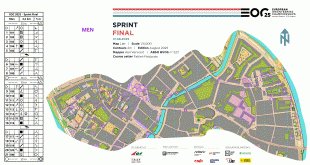
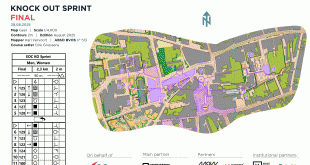
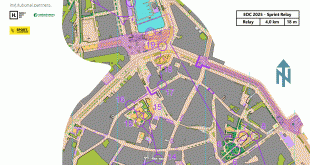
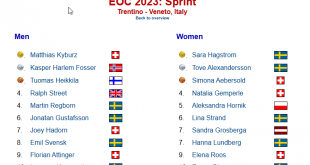
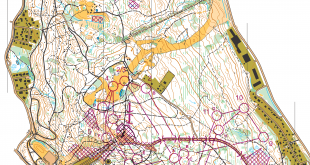
on routechoice option 3, control 2 is so close to 3 that it’s a no-brainer to go for this option. It leaves you the most freedom to choose a fast route to 3 and pick up 2 while passing by. This also means less mental effort. The two other options A and B restrict your routechoice to 3 a lot and force you off the most direct line – simply cannot be the fastest. The high rate of runners chosing C shows that this was obvious to the runners.
I agree, it looked like just a few seconds to get from 2 to 3 on this option so it certainly could not be a bad choice!
500m of dead running in an 8 minute race doesn’t seem very interesting.